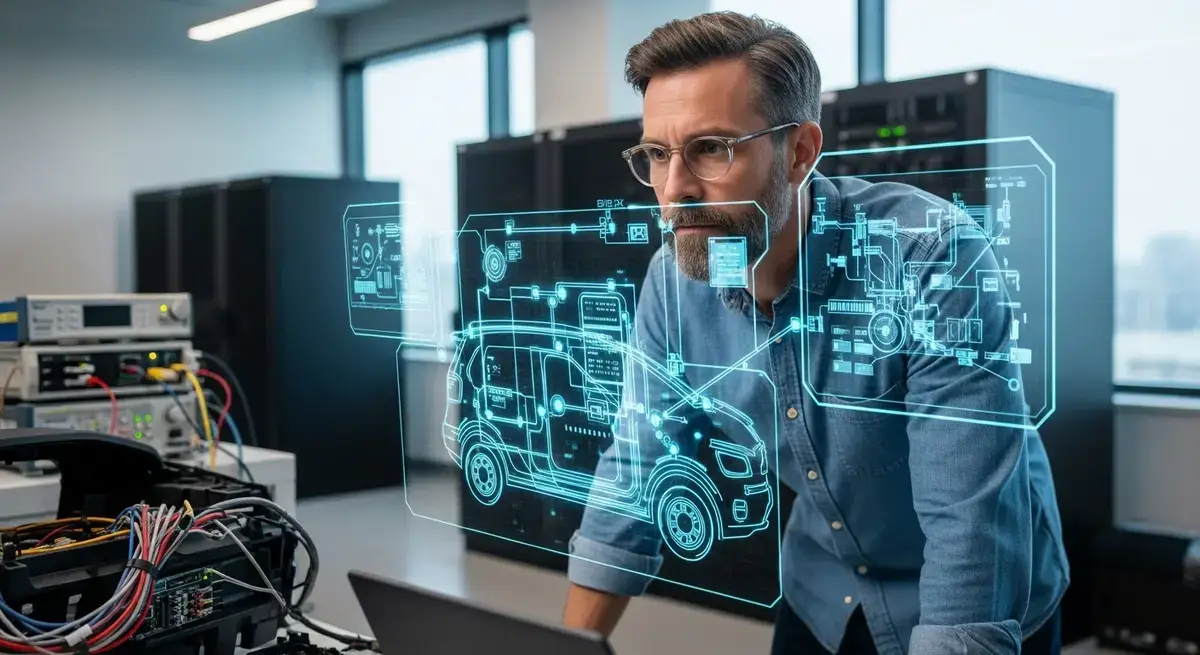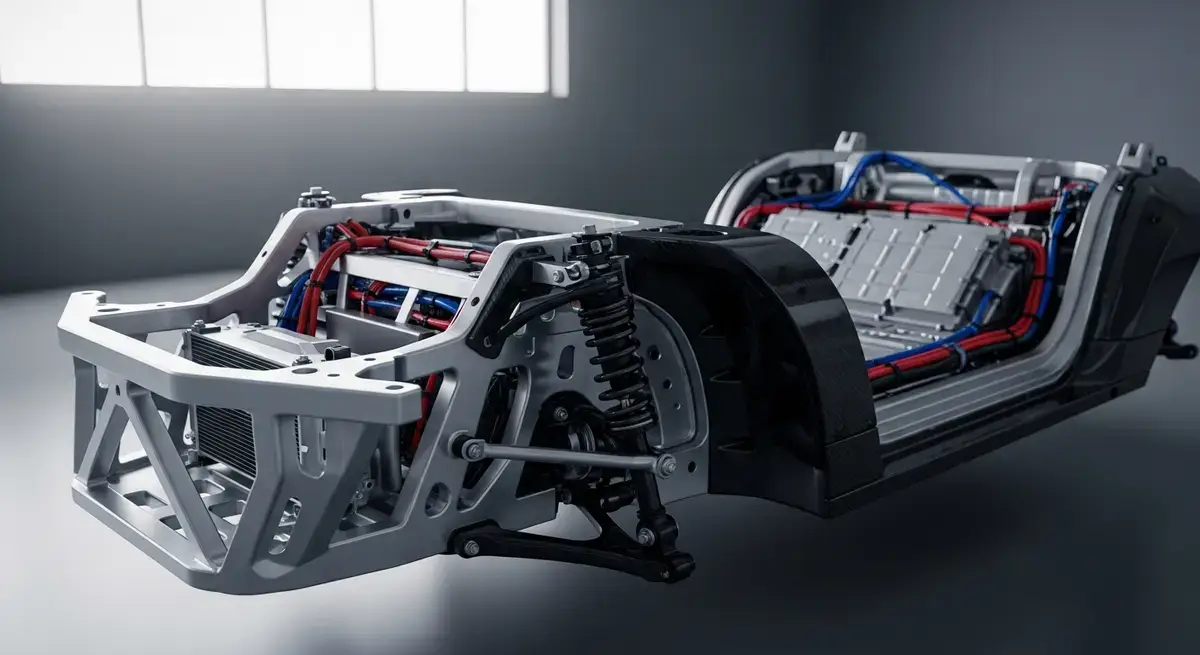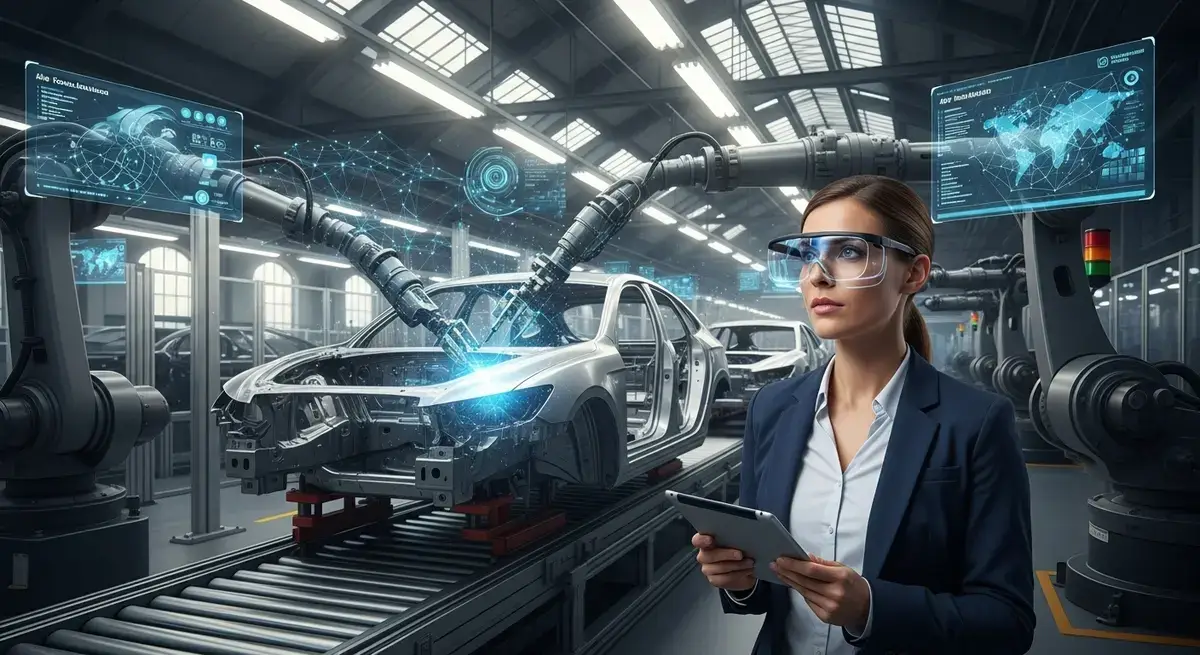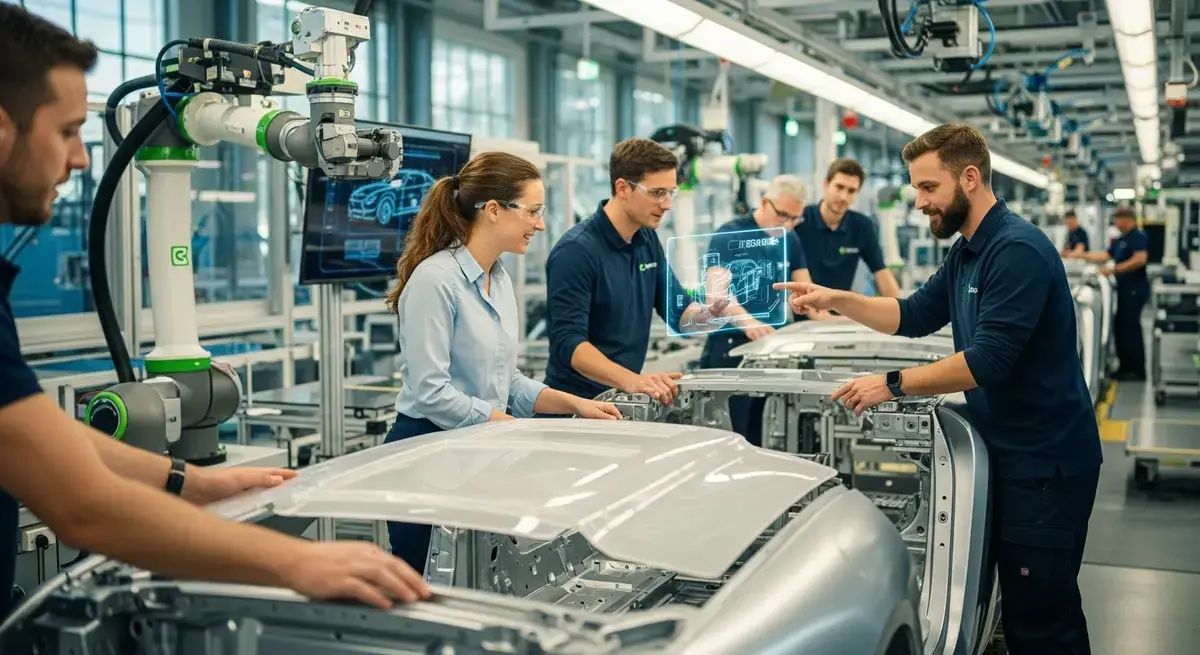
Key cybersecurity challenges for connected vehicles
Connected vehicles face growing cybersecurity risks due to constant data exchange and V2X communication. Learn key challenges and strategies to protect privacy, ensure safety, and secure the future of smart transportation.
Tackling the Biggest Cybersecurity Challenges in Connected Vehicles
The automotive world is rapidly evolving, with connected vehicles becoming a common sight on our roads. Cybersecurity in Connected and Automated Vehicles (CAVs) is more critical than ever. As these vehicles become deeply woven into our daily lives, the risks posed by cyber threats grow in tandem. Let’s explore the key cybersecurity challenges these vehicles face and how we can address them effectively.
What Makes Connected Vehicles Unique and Vulnerable?
Connected vehicles aren’t just cars—they’re complex systems powered by software, cloud services, and constant communication. Vehicle-to-Everything (V2X) communication is the backbone of this ecosystem, enabling vehicles to interact with other cars, infrastructure, and even pedestrians. While this connectivity boosts safety and efficiency, it also opens doors for hackers.
Moreover, connected vehicles generate massive amounts of data—up to 25 GB every hour! This flood of information includes sensitive personal details, making privacy and data protection a top priority. Without strong cybersecurity measures, this data could easily fall into the wrong hands.
The Major Cybersecurity Hurdles Connected Vehicles Face
-
Regulatory Gaps and Compliance Issues
While regulations like UNECE WP.29 and ISO/SAE 21434 set important standards, they often struggle to keep pace with the fast-moving world of connected vehicle technology. Constantly evolving cyber threats require dynamic and adaptable legal frameworks. -
Exploitable Vulnerabilities and Real-World Threats
Connected vehicles face numerous cyberattacks—from man-in-the-middle hacks to ransomware targeting manufacturers. Notable incidents, such as the hacking of Tesla’s keyless entry and the remote disabling of a Jeep Cherokee’s brakes, highlight the devastating impact of security lapses. -
Third-Party and Supply Chain Risks
Many vehicle components come from external suppliers, introducing potential weak points. Strict vendor evaluations and cybersecurity standards across the supply chain are essential to close these gaps and protect the entire vehicle ecosystem.
Proven Strategies to Fortify Connected Vehicle Cybersecurity
-
Adopt a Multi-Layered Security Defense
The best defense combines secure coding, ongoing security testing, and AI-powered monitoring that can detect threats as they happen. By layering these protections, manufacturers can build vehicles that resist attacks on multiple fronts. -
Develop and Enforce Standardized Protocols
Uniform technical standards and compliance measures are key. Establishing dedicated bodies like the eSafety Traffic Unit can help enforce these standards industry-wide, creating a safer connected vehicle environment. -
Educate Everyone Involved
Drivers, fleet managers, manufacturers, and policymakers all need to understand cybersecurity risks and best practices. Collaboration and continuous education empower stakeholders to stay alert and prepared.
Looking Ahead: Innovation and Ethics in Vehicle Cybersecurity
-
Harnessing Cutting-Edge Technology
Tools like over-the-air software updates and secure software frameworks allow vehicles to patch vulnerabilities quickly and stay protected against emerging threats. Embracing innovation is vital to outpace cyber attackers. -
Prioritizing Ethics and Privacy
As automated driving systems become more common, it’s crucial to establish ethical guidelines that protect consumer privacy and control data access. This builds trust and ensures connected vehicles serve users responsibly.
Securing connected vehicles against cyber threats is no longer optional—it’s essential for the future of transportation. Through industry collaboration, adaptable regulations, and smart technology, we can create a safer, smarter driving experience for everyone on the road.

Alex Ryder
Alex lives and breathes cars. He delivers engaging, hands-on reviews of the latest models, combining technical knowledge with a pure passion for the driving experience. His articles are for enthusiasts who want to know how a car truly feels on the road.
More Related Posts

The role of lightweight materials in modern vehicle design
Lightweight materials like aluminum, carbon fiber, and high-strength steel are revolutionizing vehicle design by boosting fuel efficiency, cutting emissions, and enhancing safety in modern cars.

How AI is revolutionizing automotive quality control
Discover how artificial intelligence is revolutionizing automotive quality control with smarter inspections, predictive maintenance, and digital twins—boosting defect detection and manufacturing efficiency.

The future of sustainable manufacturing in the auto industry
Discover how the automotive industry is driving sustainability with eco-friendly materials, circular economy principles, and innovative manufacturing to cut emissions and meet green consumer demand.

Key cybersecurity challenges for connected vehicles
Connected vehicles face growing cybersecurity risks due to constant data exchange and V2X communication. Learn key challenges and strategies to protect privacy, ensure safety, and secure the future of smart transportation.
